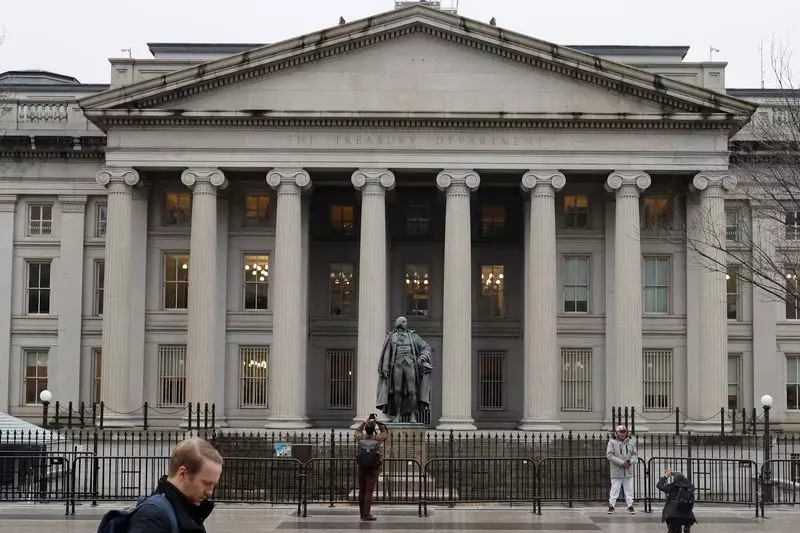In the context of fiscal management, the U.S. government’s projected spending for 2024, estimated at an astounding $6.8 trillion, presents a formidable challenge when it comes to potential reductions. A significant portion of this budget—$4.1 trillion—falls under mandatory spending. Programs such as Social Security and Medicare dominate this category, exhibiting a robustness that makes substantial cuts remarkably unfeasible. The popularity of these programs among citizens adds a layer of complexity, as politicians face significant repercussions for jeopardizing benefits that seniors rely on. Taking Social Security as a case in point, its cost alone stands at $1.4 trillion, with Medicare trailing behind at $900 billion. This unwillingness to trim these programs stems from their integral role in American society, making them politically sacred and practically indispensable.
Beyond the realm of mandatory expenditures lies discretionary spending, which totals approximately $1.8 trillion. Here too, the potential for cuts appears constrained. A considerable amount of this spending is allocated to defense, which has reached a historic low at only 3% of GDP since the post-Cold War era. Analysts express skepticism about the prospects of cutting defense allocations, especially in the current geopolitical climate, which suggests a heightened need for national security. Additionally, non-defense discretionary spending—supporting essential agencies from NASA to workplace safety—is already at a historical low. Budgetary opt-outs in this area seem unlikely to provide the relief policymakers desire, leaving the majority of the fiscal burden intact.
The political reality of enacting significant spending reductions cannot be understated. Any potential cuts require congressional approval, a daunting task due to the necessity of achieving a supermajority of 60 votes in the Senate. While the executive branch has the power to reverse certain administrative actions, the projected savings would likely pale in comparison to the monumental $26 trillion deficit anticipated over the next ten years. Thus, the likelihood of enacting systemic changes is hindered by both partisan divides and the inherent complexities of consensus-building in Congress.
In terms of long-term fiscal health, econometrics specialists are inclined to believe that minor adjustments to federal spending and employment may be feasible in the coming years. However, these modifications are projected to have a negligible impact in the grand scheme, failing to address the overwhelming fiscal pressures that the government faces. The combination of entrenched mandatory expenditures, limited discretionary options, and the political quagmire makes it clear that radical changes to the federal budget are improbable. Consequently, as U.S. lawmakers navigate these tough financial waters, the path forward appears fraught with obstacles that will likely keep federal spending levels elevated in 2024 and beyond.

